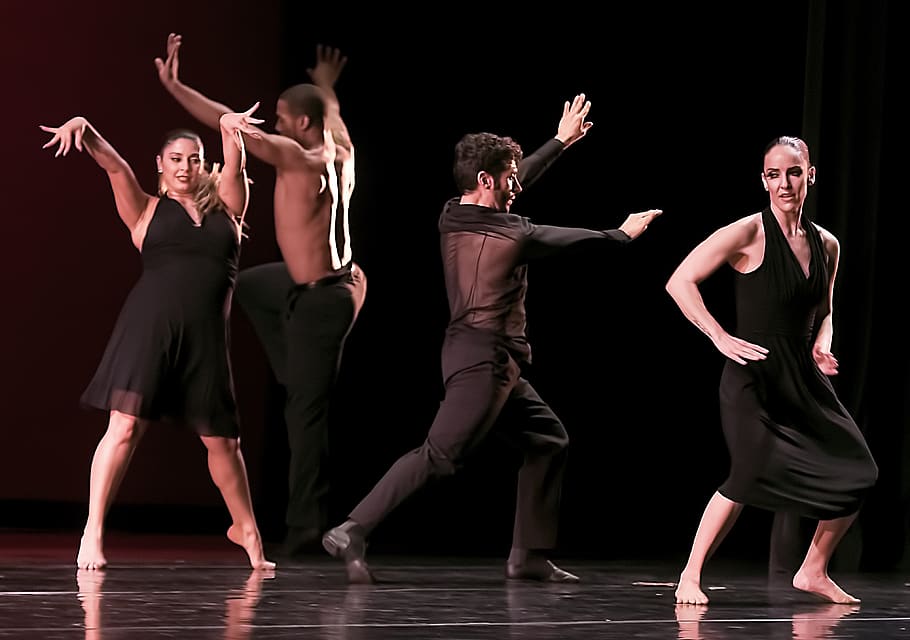The Beauty of African Environmental Dance – Alyisia Spaulding



Introductions: In my portfolio project I hope to shed light on the beauty of African American culture and social injustice through dance. One specific environmentalist figure I will be using (along with others) is Josephine Baker (aka The Black Pearl). In her dances she illustrates the social injustice in the American Society with performances such as “Strange Fruit”. These African American environmental dances allow an insight to the world around an individual and provide a deeper understanding thus inspiring a deeper connection. I will also be using other figures that depict African American Dancers telling the story of the Motherland through their dances.
Themes: One theme focusing on Josephine Baker dances is the social injustice within the African American. During the 1950s, Baker frequently returned to the United States to lend her support to the Civil Rights Movement, participating in demonstrations and boycotting segregated clubs and concert venues. She was also worked for Red Cross during WWII and often entertained troops in both African and the Middle East. Due to her bravery and creativity, she was awarded the Croix de Guerre and the Legion of Honour with the rosette of the Resistance, two of France’s highest military honors. Another theme that ties with African American dances is the connection between the Motherland and self. In these dances they tell the story of earth, wind, water, and fire and how they synchronically work in harmony. They explain how one cannot work without the other and how each element effects the people. They emphasize on the importance of taking care of the Motherland and being grateful for all she provides.
Analysis: The 3 images I have chosen each represent environmental dances and messages they aim to convey. Image 1 is group performance that aims to educate the audience on the beauty and importance of African American culture. Each dancer utilizes their bodies and movements to tell a story. Sometimes the dancers are telling their own stories independent of each other and sometimes they are working together to tell the same story. Image 2 is a picture of Josephine Baker who was an advocate during the Civil Rights Movement and often used her dancing and creativity to shed light on the issues. She was an important figure during the 1930’s-1950’s and till this day is still admired by many. Her performances broke many barries for young and aspiring African American female dancers. Finally, image 3 is of a beautiful young African American environmental dancer who is telling the story of the motherland and using her fluidity to portray a story. The idea behind this picture and the stance of her body is more than likely to portray how the element of water interacts and provides for the Motherland. However, there’s also a possibility that she is dancing as a tribute to her country. One of the many beautiful things about being an environmentalist is that a performance can be ambiguous and can imitate any story so the audience uses their own perception and feelings to understand what the message the performer is trying to tell or, their performance can tell the exact story they want the audience to know. Regardless of which performance it is the result is usually the same – a beautiful, heartwarming story that (hopefully) leaves the audience feeling educated and inspired.
Application: Environmental dance is important because its educational and creative. There are so many people who either don’t know much about history or want to know more about but don’t want to read a book about and environmental dancing is another way for that person to interact. Not only that, but it allows the dancer to express themselves and their use what their passionate about to spread light and positivity. Overall, my selected art form is important to society because it’s educational and brings light to issues others might shy away from. Not only that but it’s also inspiring to “hear” these stories be shared in various ways. There’s so much to learn through environmental dancing (and other creative ways) that is guaranteed to not disappoint.

